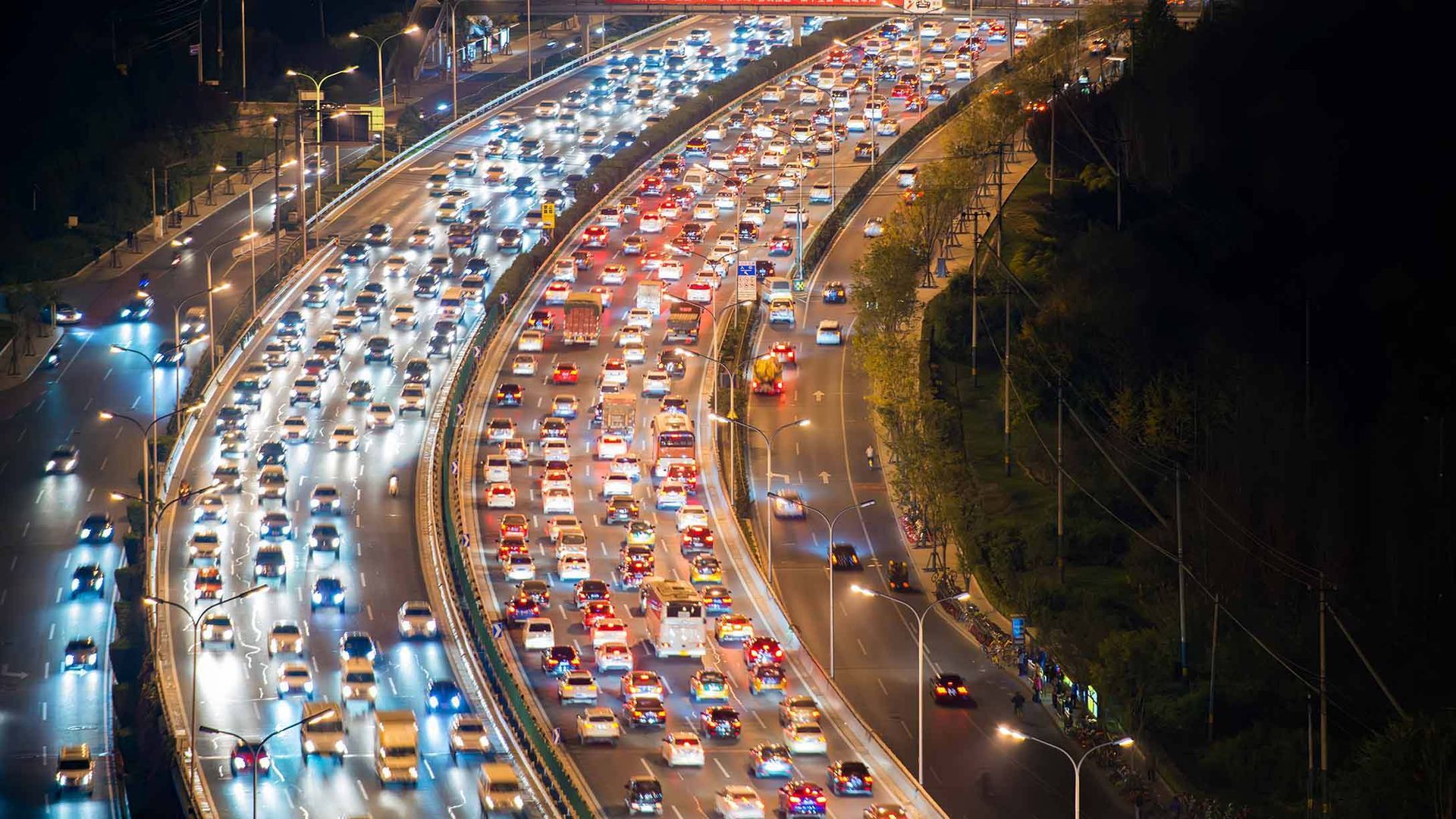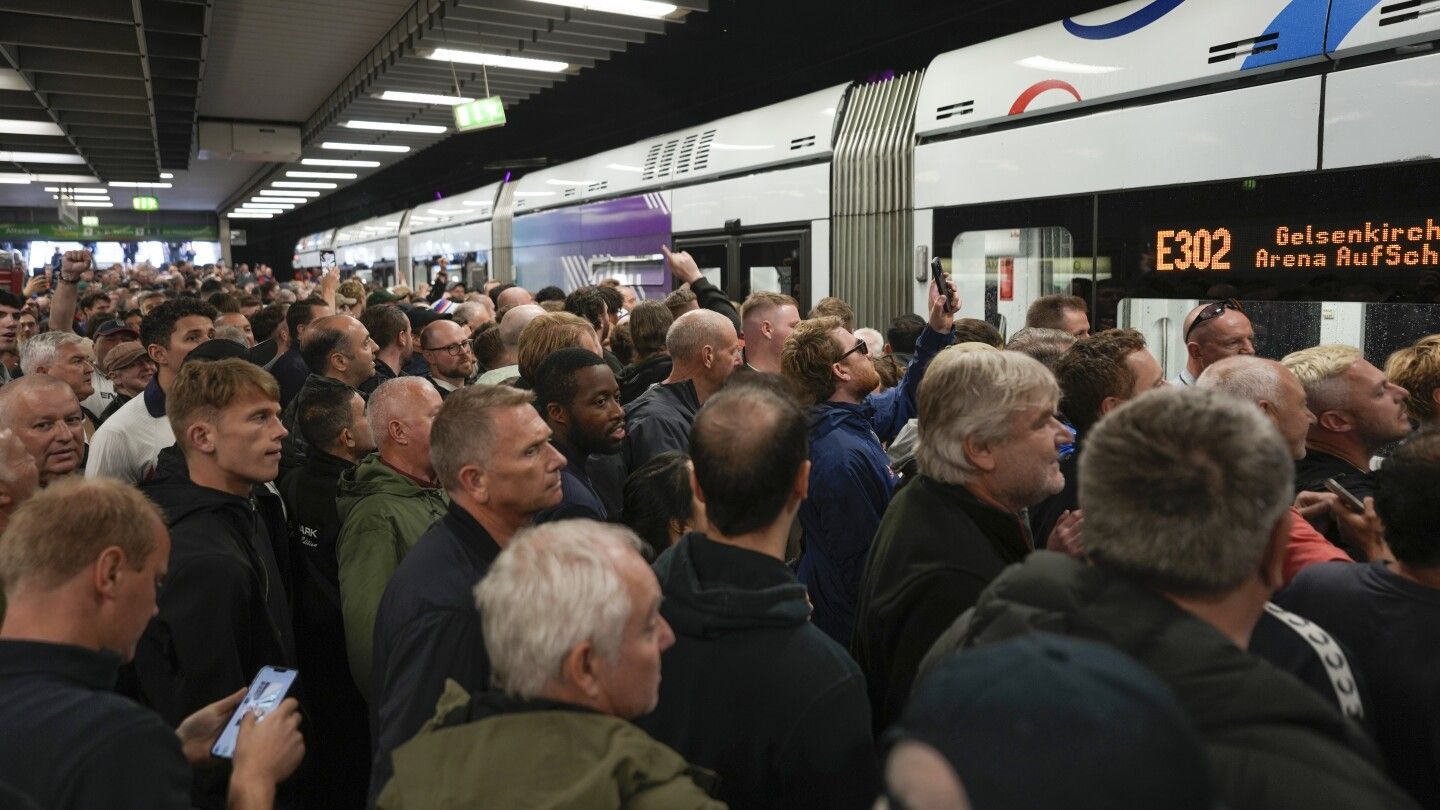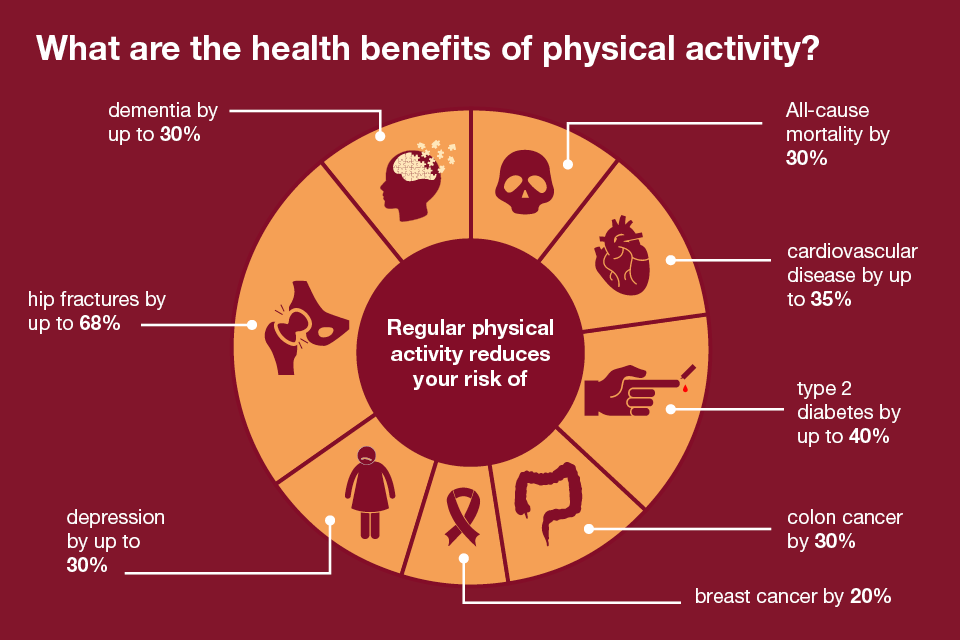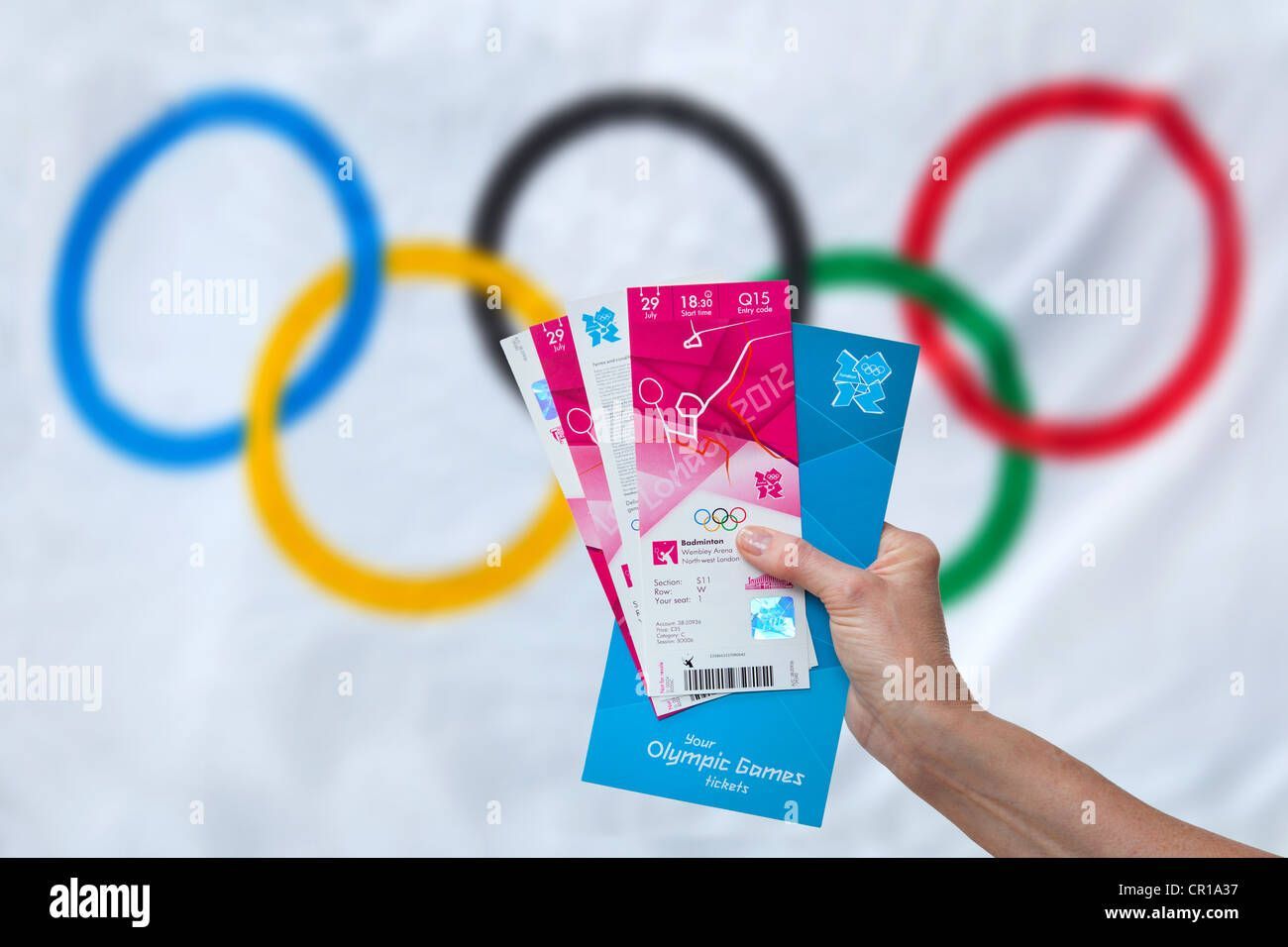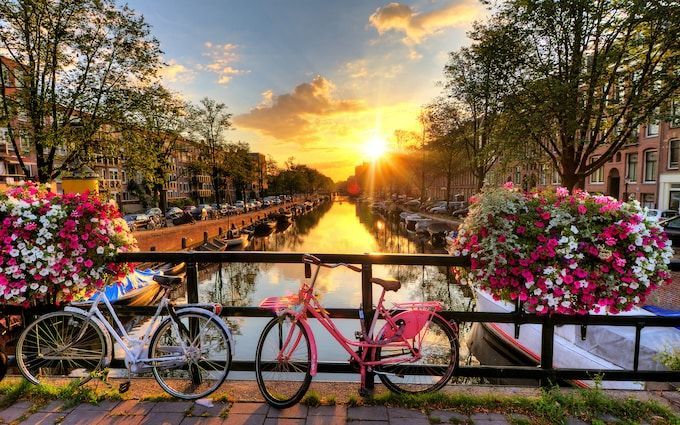Celebrating World Car-Free Day and European Mobility Week 2024: Key Takeaways for the Sports and Entertainment Sector on Fan and Audience Travel
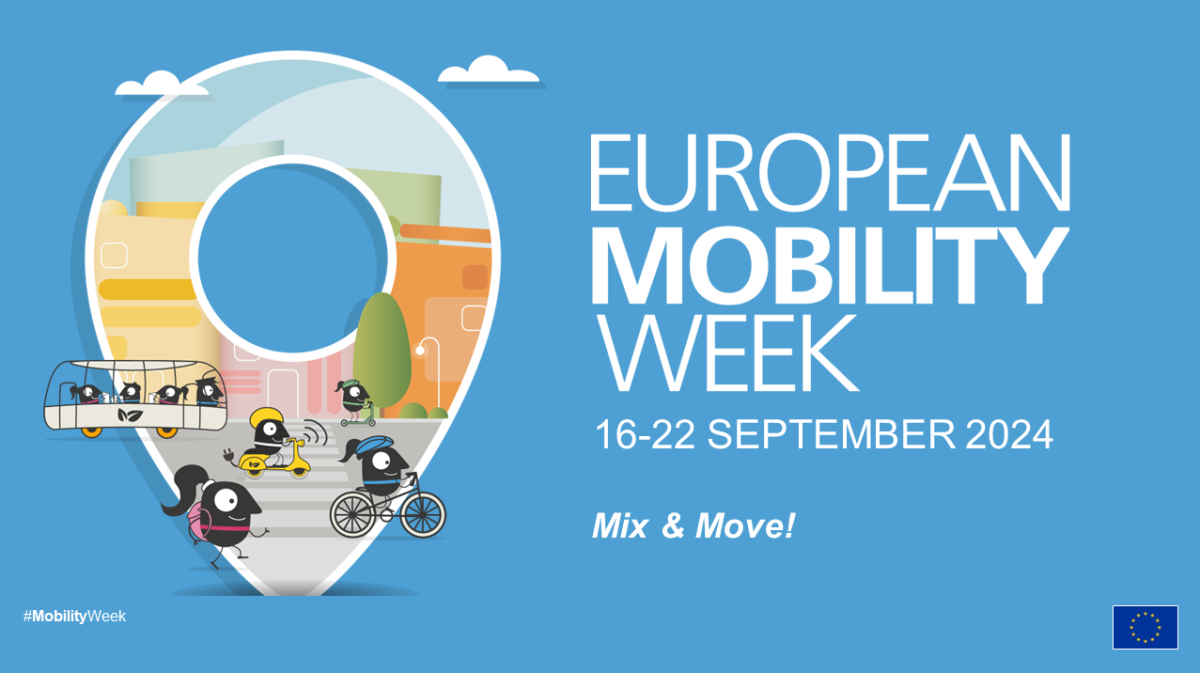
This past week, from September 16th to 22nd, cities across the UK and Europe embraced a powerful movement towards sustainable urban living by participating in European Mobility Week and World Car-Free Day. These events, which are increasingly celebrated globally, highlight the urgent need to reduce carbon footprints, especially in urban settings. Cities, towns and rural areas alike across the globe transformed their streets into lively spaces for walking, cycling, and community activities, aligning with the broader vision of sustainable urban mobility.
European Mobility Week, an annual initiative running since 2002, has become a key platform to showcase innovative solutions for cleaner mobility. Coupled with the symbolic impact of World Car-Free Day on September 22nd, these events underscore the importance of alternative transportation methods in fighting climate change, with urban transport accounting for a significant share of global emissions. Notably, in the events industry, live gatherings often compound environmental impacts through increased car use, as approximately 70 – 90% of emissions stem from audience travel. Both European Mobility Week and World Car-Free Day showcase how cities and industries alike can transition to greener practices.
London leading the way in sustainable mobility
As one of the forerunners of sustainable urban development, London embraced European Mobility Week and World Car-Free Day 2024 with enthusiasm. Entire streets were closed to motorised vehicles, giving way to pedestrian zones, cycling lanes, and play streets for children. Across Europe, over 2000 cities and towns embraced European Mobility Week, with Alver in Norway implementing several measures such as new bicycle facilities, extending public transport services, enlarging pedestrian streets and much more. These initiatives not only helped reduce emissions but also transformed urban spaces into people-friendly environments.
From e-scooters to walking trails, the success of these events highlights the potential for cities to reimagine urban spaces and reduce dependence on cars. The initiatives during this week extended beyond just traffic reduction. They fostered community engagement, improved public health, and encouraged active travel, with the streets full of cyclists, pedestrians, and families taking part in outdoor activities. The vibrancy of these events exemplified how sustainable urban mobility can enhance the quality of life while also driving down carbon emissions.
Extending the lessons to live events and audience travel
Both European Mobility Week and World Car-Free Day offer critical insights for industries beyond urban planning — particularly live events, sports, and entertainment. Large-scale events frequently lead to traffic congestion, increased parking demand, and significant emissions. By integrating sustainable travel initiatives, such as promoting public transportation, fan activations, and active travel options, the events sector can make meaningful strides toward reducing its environmental footprint.
In line with these goals, live events have the potential to pioneer sustainable audience travel initiatives inspired through European Mobility Week and Car-Free day. For instance, focussing Bike Dr services or try an e-scooter station, as seen across a Voi campaign for car-free day, or other cool sustainable travel activations on a match-day can encourage eco-friendly travel among attendees.
Host cities and towns can also use similar events as a catalyst for lasting change in travel behaviour. Long-term strategies could be developed to engage attendees and encourage them to adopt more sustainable travel habits, creating pathways for ongoing eco-friendly practices beyond the event.
Local authorities can also collaborate with various agencies, including transport operators, to implement behaviour change campaigns that equip them with a toolkit of resources to maintain momentum after the event. By focussing on sustainable travel action plans, cities and towns can cultivate a legacy of environmentally friendly transport habits. For example, 30-40% of Londoners have been known to change their travel behaviours during major events and in some cases continuing that ‘new behaviour’ long after the event.
Additionally, host cities might consider scheduling car-free days or mobility weeks during major events, such as football matches. This approach not only reinforces the message of sustainable mobility but also creates regular opportunities for community engagement, as seen over the last week, and long-term behavioural change.
These initiatives not only help reduce emissions but also actively involve fans in sustainable practices, aligning with growing audience expectations for organisations to reflect their environmental values. The success of Car-Free Day highlights the tangible benefits of such initiatives.
How STRIVE can drive sustainable travel for events
At the forefront of promoting sustainable audience travel is STRIVE, In the Round’s consultancy service, which harnesses the insights from events like European Mobility Week and World Car-Free Day to help events and venues develop low-carbon transport strategies, such as the examples listed above. By optimising traffic management, promoting active travel, and providing accessible public transport options, STRIVE enables events to reduce emissions and congestion.
From transport planning and operations to marketing and communication, the above list just a few examples of how STRIVE’s tailored solutions can ensure venues and events can make sustainable travel part of the attendee experience.
As we look to the future, the lessons from these global initiatives go beyond urban centres and live events. Sustainable travel must become a key aspect of daily life. With innovative solutions and a commitment to learning from community-driven projects, we can continue to build a greener, more sustainable future.
The message is clear: by embracing sustainable mobility in our cities and events, we can lead the way toward a cleaner, more liveable world. STRIVE stands ready to be part of this transformation.

